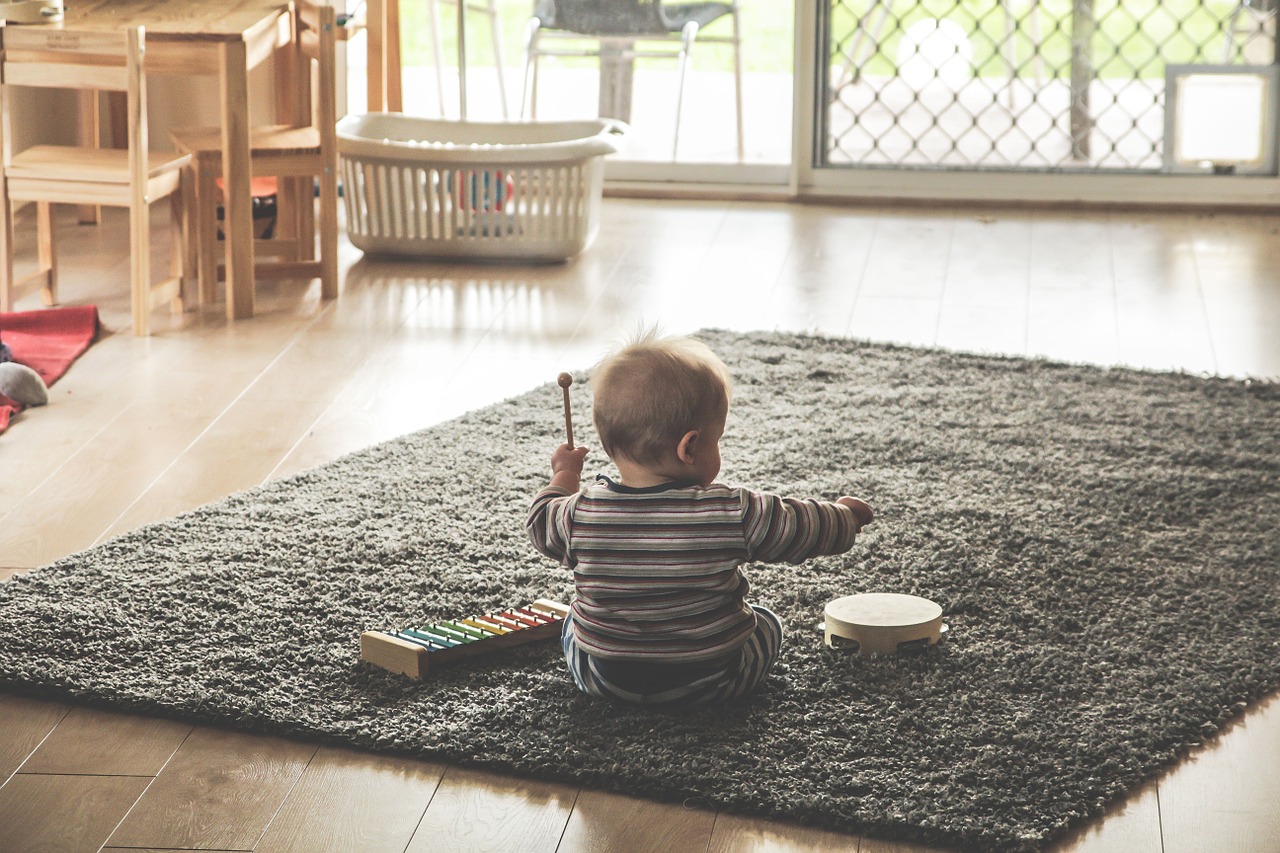 Motherhood is a powerful and deeply personal experience. Across different cultures, clothing has helped tell this story. In Chinese culture, traditional Chinese women’s clothing (source: vêtements traditionnels Chinois femme) reflects both grace and strength—two qualities that define many mothers. Whether it’s a flowing hanfu or a carefully embroidered qipao, these garments carry meaning that goes beyond style. They speak of care, sacrifice, dignity, and the quiet strength of women who raise generations.
Motherhood is a powerful and deeply personal experience. Across different cultures, clothing has helped tell this story. In Chinese culture, traditional Chinese women’s clothing (source: vêtements traditionnels Chinois femme) reflects both grace and strength—two qualities that define many mothers. Whether it’s a flowing hanfu or a carefully embroidered qipao, these garments carry meaning that goes beyond style. They speak of care, sacrifice, dignity, and the quiet strength of women who raise generations.
The Symbolism Behind Traditional Chinese Clothing
Traditional Chinese women’s clothing is full of meaning. Each piece tells a story through its colors, fabric, and design. For example, red is often used to symbolize good luck and joy. Gold or silver thread can signal status or blessings for the family. These choices often reflect a mother’s hopes for her children and the future.
The hanfu, one of the oldest Chinese garments, features wide sleeves and layers. These layers often show the care and effort women give to every detail of their lives. Wearing a hanfu also gives a mother a sense of being grounded in tradition, especially during important family events or cultural festivals.
The qipao (also called cheongsam), on the other hand, became popular in the 20th century. It’s often more fitted and stylish but still maintains a sense of dignity and respect. When worn by mothers, it shows both beauty and maturity. These outfits celebrate the grace and responsibility that come with motherhood.
Clothing as a Reflection of a Mother’s Role
In Chinese families, mothers often hold the home together. Their work might go unseen, but it is deeply valued. Traditional clothing helps honor that quiet strength. During birthdays, weddings, and holidays, older women in the family may wear embroidered jackets or robes to show respect for their role.
The details in the clothing—such as embroidered phoenixes or peonies—represent virtues like patience, beauty, and strength. These aren’t just decorations. They symbolize what many mothers bring to their families every day. Some outfits even include symbols for longevity and good health, showing a mother’s wishes for her children.
Traditional clothing can also reflect life stages. A new mother might wear simpler pieces while caring for her baby. During festivals or when children grow up, she may choose more elaborate clothing to match her pride in how far her family has come.
Keeping Traditions Alive Through Generations
Many Chinese families pass down traditional outfits from one generation to the next. A qipao worn by a grandmother may be altered and worn again by her daughter or granddaughter. This practice keeps family memories alive and connects women across time. For mothers, giving their daughters these garments is a way to pass on lessons, values, and history.
Mothers often play a key role in teaching children about cultural identity. Dressing in hanfu or qipao during holidays or photo sessions creates a sense of pride and belonging. It reminds children where they come from and shows the beauty of their roots.
In modern times, some mothers choose to blend tradition with modern styles. They may wear traditional fabrics in updated cuts or match hanfu with casual shoes or accessories. This balance helps keep the culture alive while allowing room for personal expression.
Honoring Mothers Through Cultural Fashion
Many events now celebrate both motherhood and traditional fashion. Mother’s Day photo shoots in hanfu have become more common. Family portraits with everyone in qipao create lasting memories. These moments help mothers feel seen, appreciated, and beautiful in the way their culture defines beauty.
In communities and festivals, mothers wearing traditional outfits often stand out as symbols of family pride and strength. Whether in a simple embroidered blouse or a full ceremonial robe, their presence carries deep respect. These images remind others of the quiet resilience that mothers show every day.
For younger mothers, traditional clothing is also a way to reconnect with their heritage. It offers a sense of identity, especially for those living outside of China. Wearing these garments can feel like a return to one’s roots and a way to share that identity with children.




 Navigating the intricacies of motherhood while working in high-risk, hazardous environments presents a unique set of challenges that Haz-Ed addresses. Women around the globe are breaking stereotypes and venturing into professions that were once dominated by men. From oil rig workers and miners to firefighters and military personnel, mothers are making their mark and proving that resilience and strength define their journey.
Navigating the intricacies of motherhood while working in high-risk, hazardous environments presents a unique set of challenges that Haz-Ed addresses. Women around the globe are breaking stereotypes and venturing into professions that were once dominated by men. From oil rig workers and miners to firefighters and military personnel, mothers are making their mark and proving that resilience and strength define their journey.




